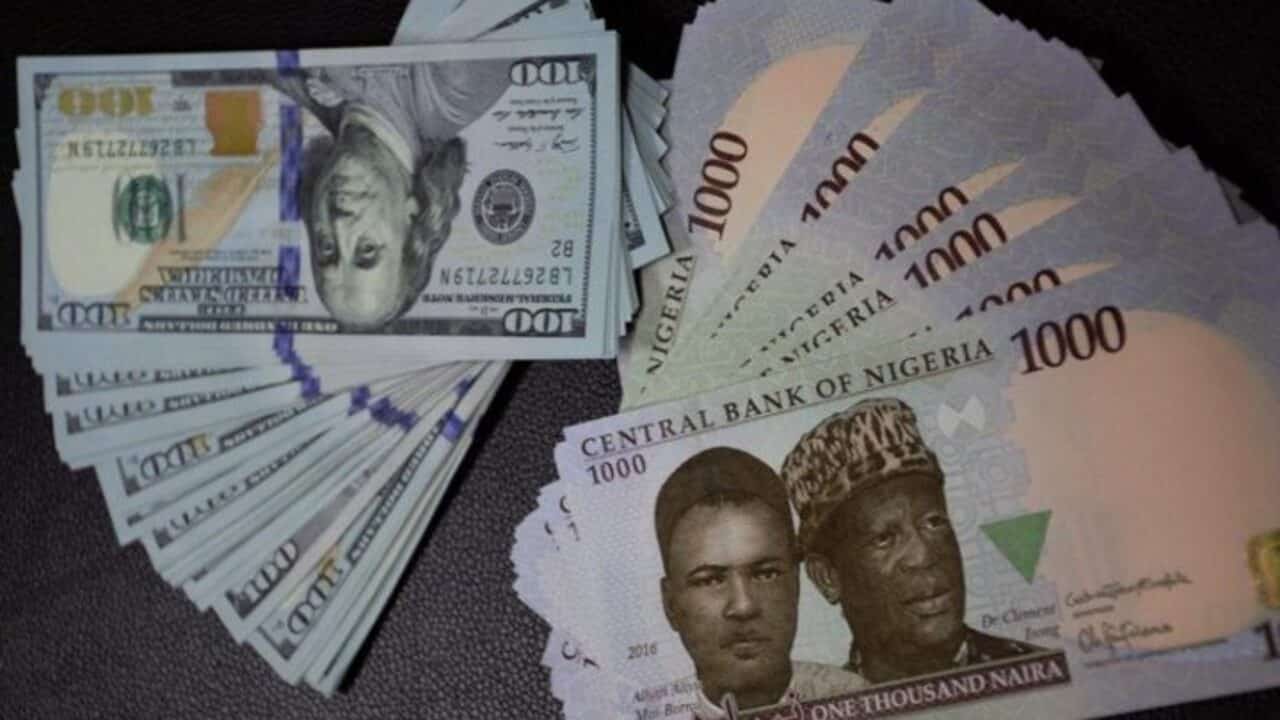The Nigerian Naira, once a symbol of national pride, has been experiencing a precipitous decline against the US Dollar.
This has raised concerns and cast shadows over the country's economic stability.
This article delves into the complex tapestry of factors contributing to the Naira's freefall, exploring its historical context and potential solutions.
A Brief History of the Naira and Dollar Rift:
The Naira, introduced in 1973 to replace the Nigerian Pound, initially enjoyed a period of relative stability.
However, external shocks, coupled with internal economic mismanagement, led to its devaluation throughout the 1980s and 90s.
The Dollar, buoyed by its global reserve currency status, remained resilient throughout these fluctuations.
The early 2000s saw a period of relative stability for the Naira, thanks to rising oil prices and economic reforms.
However, this period was short-lived. The 2008 global financial crisis sent shockwaves through the Nigerian economy, exposing its vulnerabilities.
The Naira depreciated further, highlighting its dependence on oil exports.
The Cracks Begin to Show: Factors Driving the Naira's Decline:
1. Dependence on Oil:
Nigeria's overdependence on oil exports for foreign exchange earnings makes it vulnerable to fluctuations in global oil prices.
The recent decline in oil prices, coupled with production challenges, has significantly reduced dollar inflows, weakening the Naira.
2. Foreign Exchange Scarcity:
The Central Bank of Nigeria (CBN)'s multiple exchange rate policies and restrictions on dollar access have created a scarcity of foreign exchange in the official market.
This pushes businesses and individuals towards the parallel market, where the Naira trades at a significant discount.
3. Rising Inflation:
High inflation, fueled by supply chain disruptions and the ongoing war in Ukraine, erodes the purchasing power of the Naira. This discourages foreign investment and further weakens the currency.
4. Fiscal Deficits:
The Nigerian government's persistent budget deficits, financed through borrowing, put pressure on the Naira.
The increasing debt burden also raises concerns about the government's ability to meet its financial obligations.
5. Political Uncertainty:
The upcoming general elections in 2023 and the associated political uncertainty are deterring foreign investors, further impacting dollar inflows and weakening the Naira.
Beyond the Fall: Potential Solutions and the Road Ahead:
1. Diversification of the Economy:
Reducing dependence on oil by promoting non-oil exports and diversifying the economy is crucial.
This can be achieved through investments in agriculture, manufacturing, and other sectors with export potential.
2. Exchange Rate Reform:
Moving towards a more flexible and market-driven exchange rate system could improve transparency and attract foreign investment.
However, this needs to be implemented cautiously to avoid further volatility.
3. Fiscal Discipline:
Curbing government spending and increasing revenue collection are essential for reducing budget deficits and stabilizing the Naira.
This requires tackling corruption and improving the efficiency of public spending.
4. Improving the Business Environment:
Creating a more conducive environment for businesses, through policy reforms and infrastructure development, can attract foreign investment and boost dollar inflows.
5. Building Confidence:
Addressing the issues mentioned above and demonstrating commitment to sound economic policies can help rebuild investor confidence, which is essential for attracting foreign capital and strengthening the Naira.
Conclusion:
The Naira's freefall is a complex issue with no easy solutions. Addressing it requires a comprehensive and sustained effort from the Nigerian government, businesses, and individuals.
Diversifying the economy, implementing sound economic policies, and fostering a conducive business environment are crucial steps towards stabilizing the Naira and ensuring long-term economic stability for Nigeria.




















